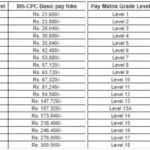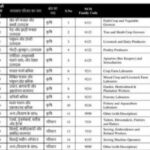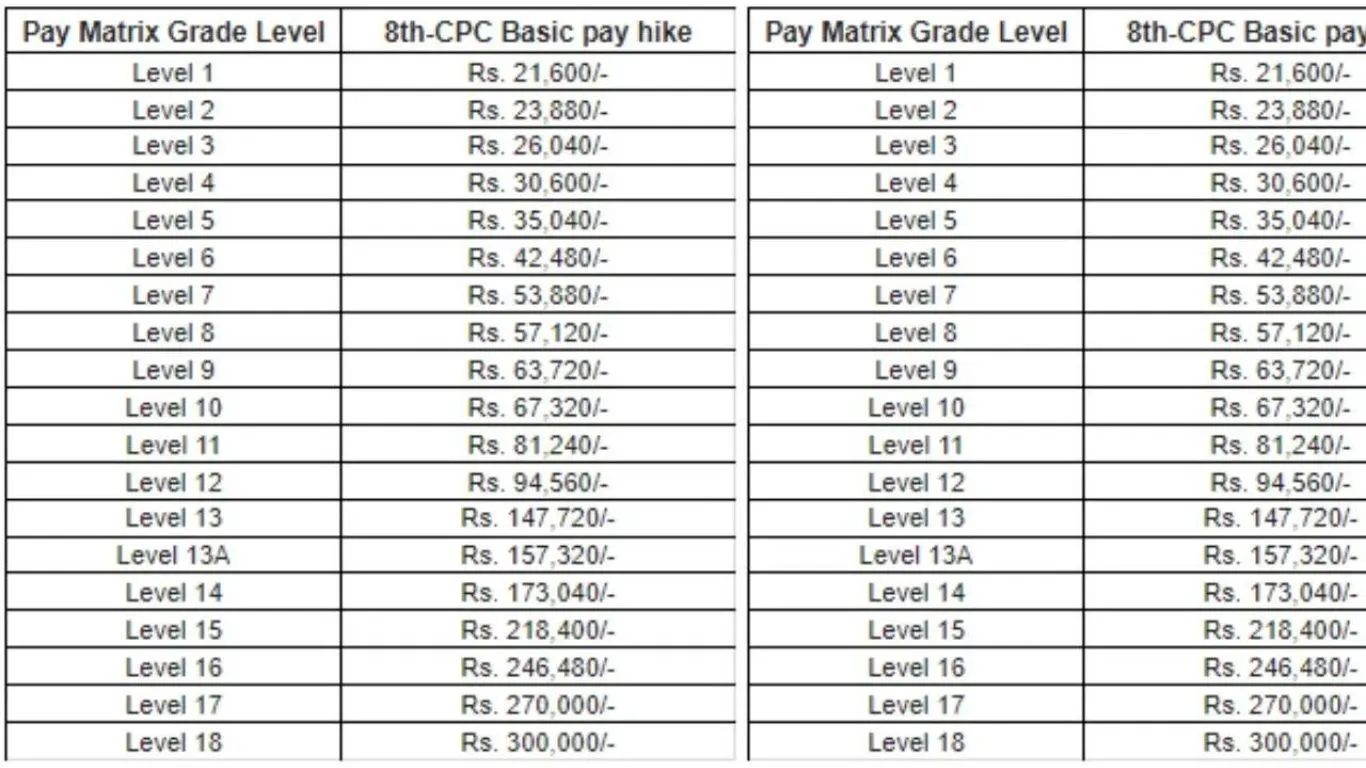आने वाले 20 सालों में अपने भविष्य को सुरक्षित बनाएं। रुकावट के बिना अपनी सभी जरूरतें पूरी करने का निर्णय करें। आज से ही विचार करें और योजना बनाएं। 20 साल बाद करोड़पति बनने का मार्ग तय करें।
ADeeh News, Digital Desk- आजकल, करोड़पति बनना एक जरूरत नहीं, बल्कि अवसर है। आपको अपने भविष्य की सुरक्षा के लिए आज से ही कड़ी मेहनत करनी चाहिए। 20 साल बाद आपकी आर्थिक स्थिति को सुनिश्चित करने के लिए आपको स्ट्रैटेजी बनानी चाहिए। अपनी आदतें और निवेशों को संजीवनी बूटी की तरह इस्तेमाल करें। यदि आप बिना रुकावट के सकारात्मक दिशा में कदम बढ़ाते हैं, तो 20 साल में आप करोड़पति बन सकते हैं।
- पैसा बढ़ाने का सबसे बेहतर तरीका – सही समय और जगह पर निवेश करें।
- SIP निवेश आसानी से करोड़पति बनाने का साधन है।
- एसआईपी से म्यूचुअल फंड में निवेश करें।
- मार्केट लिंक्ड होने के कारण थोड़ा जोखिम है, लेकिन रिटर्न में वृद्धि हो सकती है।
- गारंटीड रिटर्न नहीं, लेकिन पिछले कुछ सालों में एसआईपी का रिटर्न 12% तक था।
- लंबे समय में एसआईपी से निवेश करके अच्छी रकम जोड़ सकती है।
- पैसा बनाने के लिए सुझाव – सावधानीपूर्वक निवेश करें।
- सही निवेश से आने वाले समय में मोटा पैसा बना सकता है।
10 वर्षों में 1 करोड़ बनाने के लिए कितना करना होगा आपको मासिक SIP, समझिये पूरा कैलकुलेशन
जानिए करोड़पति बनने के लिए कितना निवेश-
- आने वाले 20 सालों में करोड़पति बनने के लिए एसआईपी में निवेश करें.
- महीने में 10,000 रुपए निवेश करें, 20 साल में 1 करोड़ रुपए का हो सकता है.
- एसआईपी कैलकुलेटर के हिसाब से 24 लाख रुपए का निवेश होगा.
- 12% रिटर्न पर 75,91,479 रुपए मिलेंगे.
- कुल मिलाकर, आपको 1 करोड़ रुपए मैच्योरिटी पर मिलेंगे.
Lumpsum या SIP म्यूचुअल फंड में निवेश का कौन सा तरीका है बेहतर
5 साल तक निवेश करने पर 1,89,76,351 रुपए हो सकते हैं. एसआईपी में इनकम बढ़ने पर निवेश रकम बढ़ा सकते हैं. एसआईपी को कभी भी बंद कर सकते हैं, यह फ्लेक्सिबिलिटी देता है. ज्यादा समय तक निवेश करने से अधिक मुनाफा हो सकता है. इसमें निवेश करने से बचत और आर्थिक सुरक्षा मिल सकती है. निवेश की रकम में वृद्धि होने पर अधिक लाभ हो सकता है. सावधानीपूर्वक निवेश करें और धीरे-धीरे धन का निर्माण करें.
| Whatsapp Channel | Join |
| Telegram Channel | Click Here |
| Homepage | Click Here |









